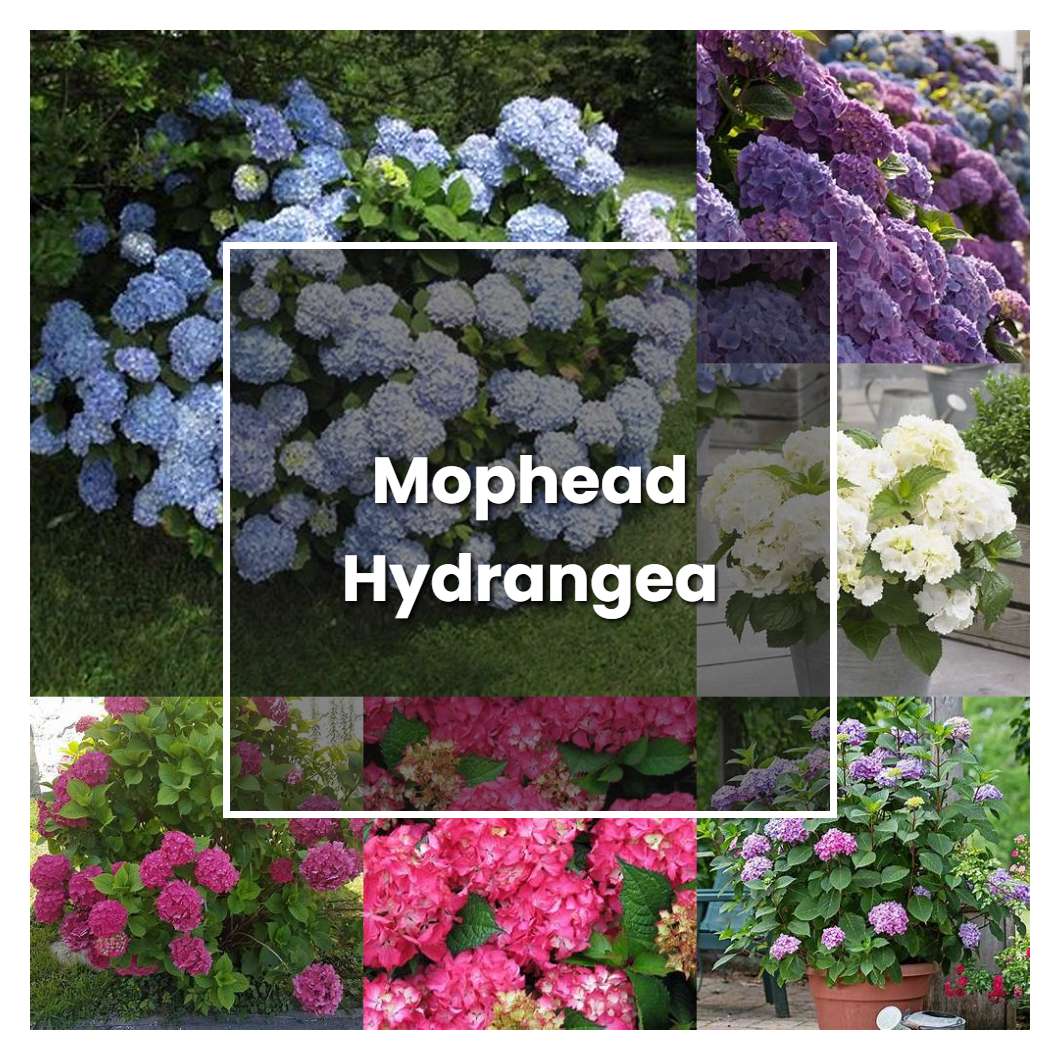Mophead hydrangea is a deciduous shrub that is known for its large, showy flower clusters. The flowers are typically a deep blue, but can also be pink or purple. The shrub is native to East Asia, but is now widely cultivated in many parts of the world.

About soil condition, mophead hydrangea prefer acidic to neutral soil(pH 6.0 to 7.5). They also prefer rich, moist, and well-drained soil with plenty of organic matter. If your soil is too alkaline, you can lower the pH by adding sulfur or aluminum sulfate.
Like the other hydrangeas, mophead hydrangeas need at least 4 hours of sun each day in order to bloom. If you live in an area with hot summers, it's best to plant your mophead in a spot that gets morning sun and afternoon shade.
The temperature condition that is ideal for a mophead hydrangea is between 60 and 80 degrees Fahrenheit. This plant prefers a moist environment, so it is important to keep the soil moist but not soggy. If the temperature gets too hot or too cold, the leaves of the plant will begin to wilt.
Ideal humidity condition for this plant is 50-70%. If the relative humidity falls below 40%, the leaves will begin to wilt and the flower heads will droop. If the relative humidity gets too high, the leaves will begin to yellow and the flower heads will become floppy.
Discussing fertilizer, this family of plant does best with a light hand. Too much fertilizer, especially nitrogen, will produce an abundance of leaves but few flowers. The ideal time to fertilize is in early spring, just as the new growth is beginning to emerge. A general-purpose fertilizer, applied at the manufacturer's recommended rate, is all that is needed. If you prefer, you can use a fertilizer specific for hydrangeas.
Pruning is an important part of caring for your mophead hydrangea. Pruning helps to promote healthy growth and can also help to control the size and shape of the plant. To prune your mophead hydrangea, start by removing any dead or dying flowers. Then, cut back any stems that are longer than you would like. You can also trim back any wayward or overgrown branches.
Propagation is best done in late summer or early fall by taking stem cuttings from new growth. The cuttings should be taken from the tips of the stems and should be 4 to 6 inches long. Place the cuttings in a mixture of sand and peat moss and keep them moist. roots should develop within 4 to 6 weeks. Once the roots have developed, the cuttings can be transplanted into individual pots.
Usually, the plant growth rate information is based on the plant's average size. However, the growth rate of your particular hydrangea may vary depending on the variety, age, and health of the plant. For instance, older plants may not grow as quickly as younger ones. Also, if your plant is not getting enough water or nutrients, its growth rate will likely be slower than normal.
Common problems for this kind of plant are powdery mildew, leaf spot, and root rot. These problems are all caused by fungi, and can be controlled with fungicide. Powdery mildew is a white powdery fungus that appears on the leaves and stems of the plant. Leaf spot is a brown or black fungus that appears on the leaves of the plant. Root rot is a brown or black fungus that attacks the roots of the plant.
Source:
Hydrangea Popular, but Confusing - Indiana Yard and Garden
Hydrangeas | North Carolina Cooperative Extension
Of Mopheads and Lace-Caps: The Colorful World of Hydrangeas
